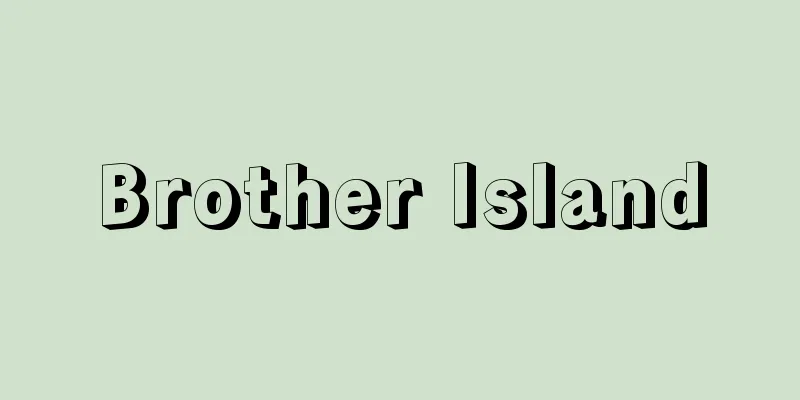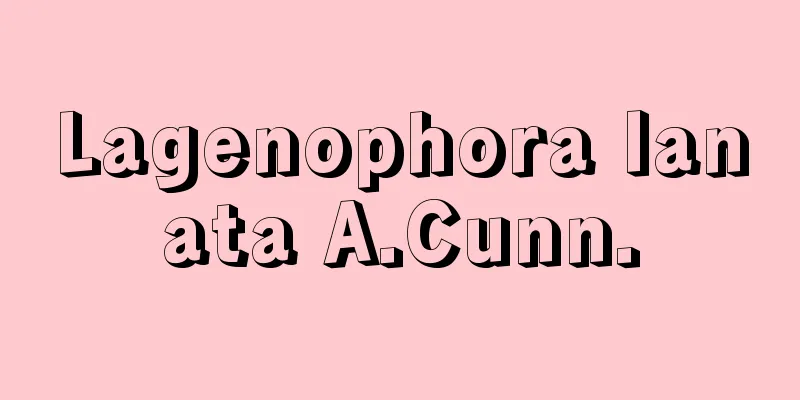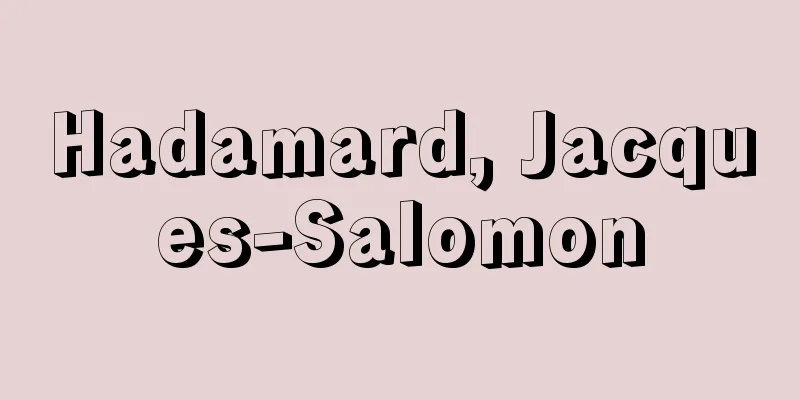Incus bone - Incus takotsu

|
… In mammals, the secondary palate is completed in the upper jaw, and teeth grow only in the premaxilla (also called the incisor or intermaxilla) and the maxilla. The quadrate bone, which was originally the skeleton of the upper jaw, is displaced into the middle ear and becomes the incus, and the articular bone, which was originally at the rear end of the lower jaw, also moves into the middle ear and becomes the malleus. At this point, the three ossicles, characteristic of mammals, are completed. … From [Ossicles]…In mammals, the lower jaw bone has changed dramatically to be formed only by the dentary (mandible) of the reptile stage, and this has led to major changes in the ossicles. In other words, it is thought that the quadrate bone and the articular bone, which originally formed the jaw joint of the reptile, degenerated and moved away from the joint, and moved to the middle ear to become the second and third ossicles, namely the incus and malleus, respectively. Thus, the middle ear of mammals has a chain of three ossicles, the stapes → incus → malleus, with the malleus inscribed in the eardrum. … From the Middle Ear…the single ear ossicle (columella) of amphibians, reptiles, and birds becomes the stapes in mammals. The quadrate bone of the upper jaw and the articular bone of the lower jaw, which formed the jaw joint in ancestral reptiles, were deformed and dislocated, and together entered the space of the middle ear, becoming the second and third ear ossicles, the incus and the malleus, respectively. Thus, the joint between the incus and malleus in mammals is homologous to the jaw joint of amphibians, reptiles, and birds. … From [Skull]...The original mandibular cartilage then deforms and degenerates, except in amphibians, where it remains as Meckel's cartilage for life, as mentioned above. In vertebrates up to reptiles, the lower jaw skeleton is a complex of several types of bone, but in the process of evolution of extinct higher reptiles called mammal-like reptiles into mammals, the articular bone moved to the middle ear and transformed into the malleus (at the same time, in the upper jaw, the quadrate bone transformed into the incus). At the same time, the dermal bone of the dentary gradually expanded, and in mammals, it is the only part of the mandibular skeleton, and it forms the temporomandibular joint with the squamosal bone (temporal bone), which is a dermal bone of the upper jaw. ... From the ears...However, in mammals, which evolved from reptiles, the quadrate bone on the skull side and the articular bone at the rear end of the mandible, which formed the jaw joint in the reptile stage, were reduced in size and entered the tympanic cavity, becoming the second and third auditory ossicles, respectively. At this point, the chain of three auditory ossicles, a major characteristic of mammals, was completed, and the original ear pillar was called the "stapes," while the second and third ossicles were called the "incus" and "malleus," respectively (for this reason, the ear pillars of amphibians are sometimes called the "stapes"). In mammals, the malleus is inscribed in the eardrum, but this part of the eardrum is said to have been added newly when mammals were formed. ... *Some of the terminology that refers to the "incus" is listed below. Source | Heibonsha World Encyclopedia 2nd Edition | Information |
|
… 哺乳類になると上顎では二次口蓋が完成し,歯は前顎骨(切歯骨,間顎骨ともいう)と上顎骨だけに生える。また,もと上顎の骨格だった方形骨が中耳に転位してきぬた骨になり,もと下顎の後端にあった関節骨も中耳に入ってつち骨になる。ここに哺乳類の特徴である3個の耳小骨が完成する。… 【耳小骨】より…哺乳類では,下顎の骨格が爬虫類段階の歯骨(下顎骨)だけで形成されるように著しく変化したことと関連して,耳小骨にも大きな変化が生じている。すなわち,もと爬虫類の顎関節をなしていた方形骨と関節骨が退化変形して関節部から離れ,中耳へ移ってそれぞれ第2,第3の耳小骨,つまりきぬた骨とつち骨になったと考えられている。こうして哺乳類の中耳は,あぶみ骨→きぬた骨→つち骨という3個の耳小骨の連鎖をもつ結果となり,つち骨が鼓膜に内接している。… 【中耳】より…両生類,爬虫類,鳥類の単一の耳小骨(耳小柱)は哺乳類では〈あぶみ骨〉になっている。祖先の爬虫類で顎関節をつくっていた上顎の方形骨と下顎の関節骨が変形・転位し,ともに中耳の空間に入り,それぞれ第2,第3の耳小骨,すなわち〈きぬた骨〉と〈つち骨〉になった。このようなわけで,哺乳類のきぬた骨とつち骨との関節は両生類,爬虫類,鳥類の顎関節と相同であることになる。… 【頭骨】より…そしてもとの下顎軟骨は,前記のように終生メッケル軟骨として残存する両生類を除いて,変形,退化していく。下あごの骨格は爬虫類までの脊椎動物では数種類の骨の複合体であるが,哺乳類様爬虫類と呼ばれる絶滅した高等爬虫類が哺乳類へ進化する過程で,関節骨が中耳に移ってつち骨に変形した(同時に上あごでは方形骨がきぬた骨に変形)。それとともに,皮骨性の歯骨がしだいに拡大し,哺乳類ではこれだけが下顎骨格をなし,それが上あごの皮骨である鱗状骨(側頭骨)と顎関節をつくる結果となった。… 【耳】より…ところが爬虫類のなかから進化した哺乳類では,爬虫類段階で顎関節をつくっていた頭蓋側の方形骨と下顎後端の関節骨が縮小変形して鼓室の中に入り,それぞれ第2,第3の耳小骨になった。ここで哺乳類の大きな特色である三つの耳小骨の連鎖が完成し,もとの耳小柱は〈あぶみ骨〉,第2・第3の耳小骨はそれぞれ〈きぬた骨〉〈つち骨〉と呼ばれることになる(このため両生類などの耳小柱をあぶみ骨と呼ぶこともある)。哺乳類ではつち骨が鼓膜に内接するが,鼓膜のその部分は哺乳類の成立とともに新たに加わったものであるといわれている。… ※「きぬた骨」について言及している用語解説の一部を掲載しています。 出典|株式会社平凡社世界大百科事典 第2版について | 情報 |
<<: Kinutashiage - Kinutashiage
Recommend
Malapterurus electricus
…Each discharge lasts for a few milliseconds and ...
Vascular grafting
A blood vessel transplant is used to repair a miss...
Agate - Ageto
⇒ agate Agate Source: About Shogakukan Digital Dai...
Tokimokikyo promotion application - Tokimokikyo promotion application
Kabuki kyogen. Historical piece. 5 acts, 12 scenes...
President
The viceroyalty, the highest administrative divis...
Airing out clothes - Mushiboshi
This refers to removing moisture from clothing, b...
Enrico Barone
Italian economist and military scholar. Born in N...
Waldo, P. (English spelling) WaldoP
…Depending on the region, they were also called t...
Stevenson, I.
...In some cases, this type of memory has been in...
Firth of Forth
A gulf of the North Sea on the east coast of centr...
Tsukii - Gekkyo
A haiku poet from the mid-Edo period. His family n...
Taga Castle Monument
This monument was erected in 762 (Tenpyo Hoji 6) ...
Cold porgy
A marine fish belonging to the family Labridae, o...
Processed texture
…In other words, as deformation progresses, the n...
Navigation Acts
A collective term for laws that Britain used to mo...









